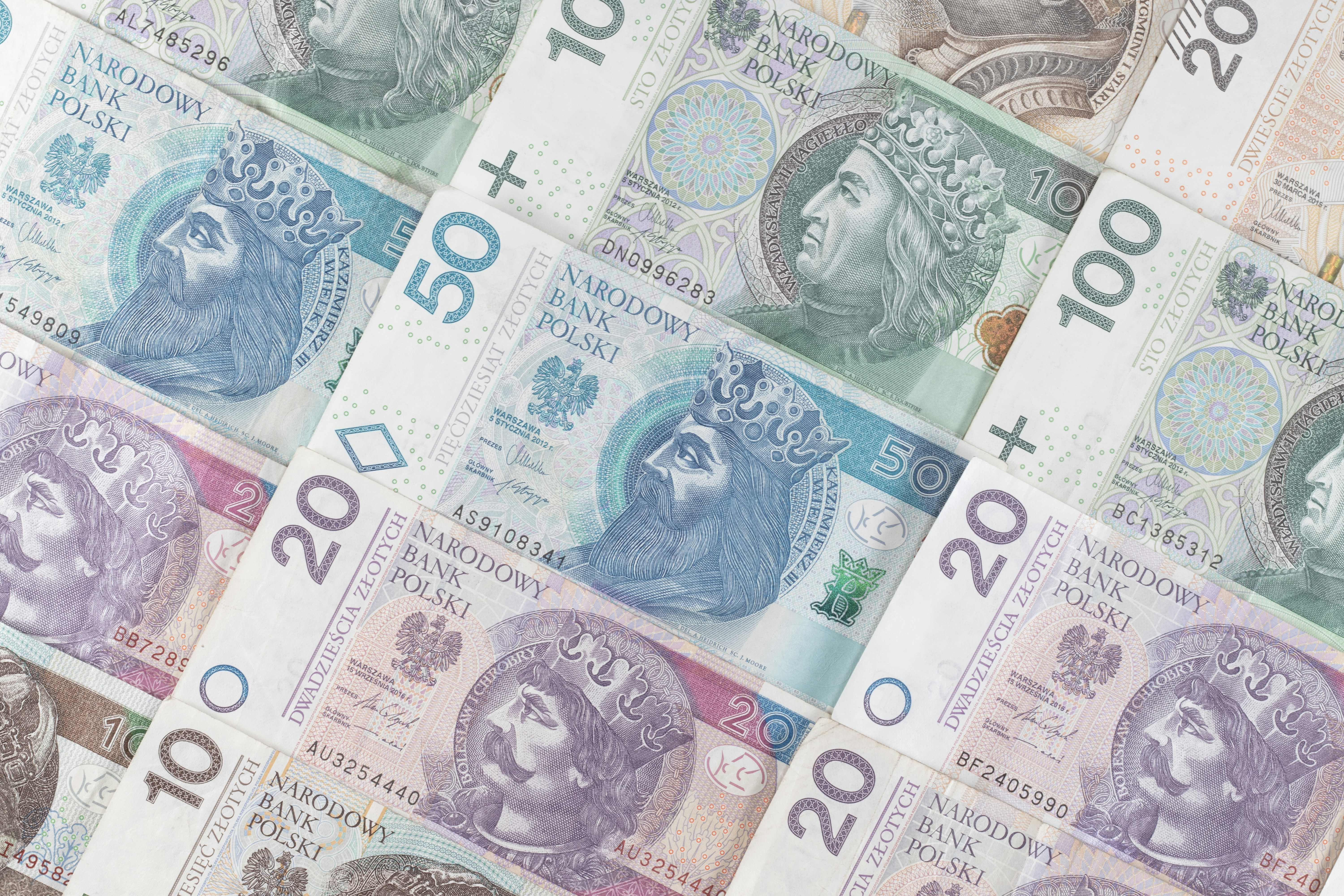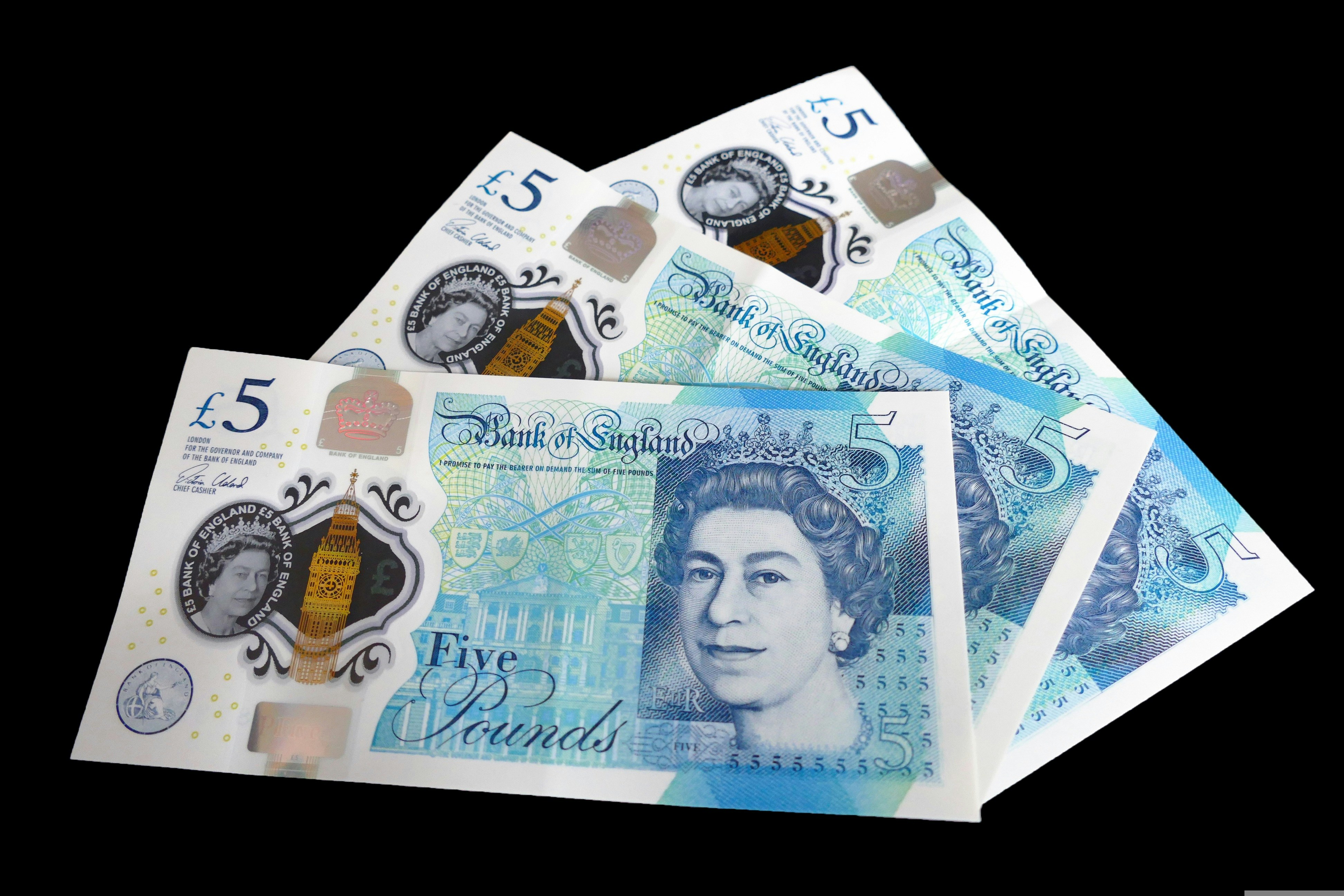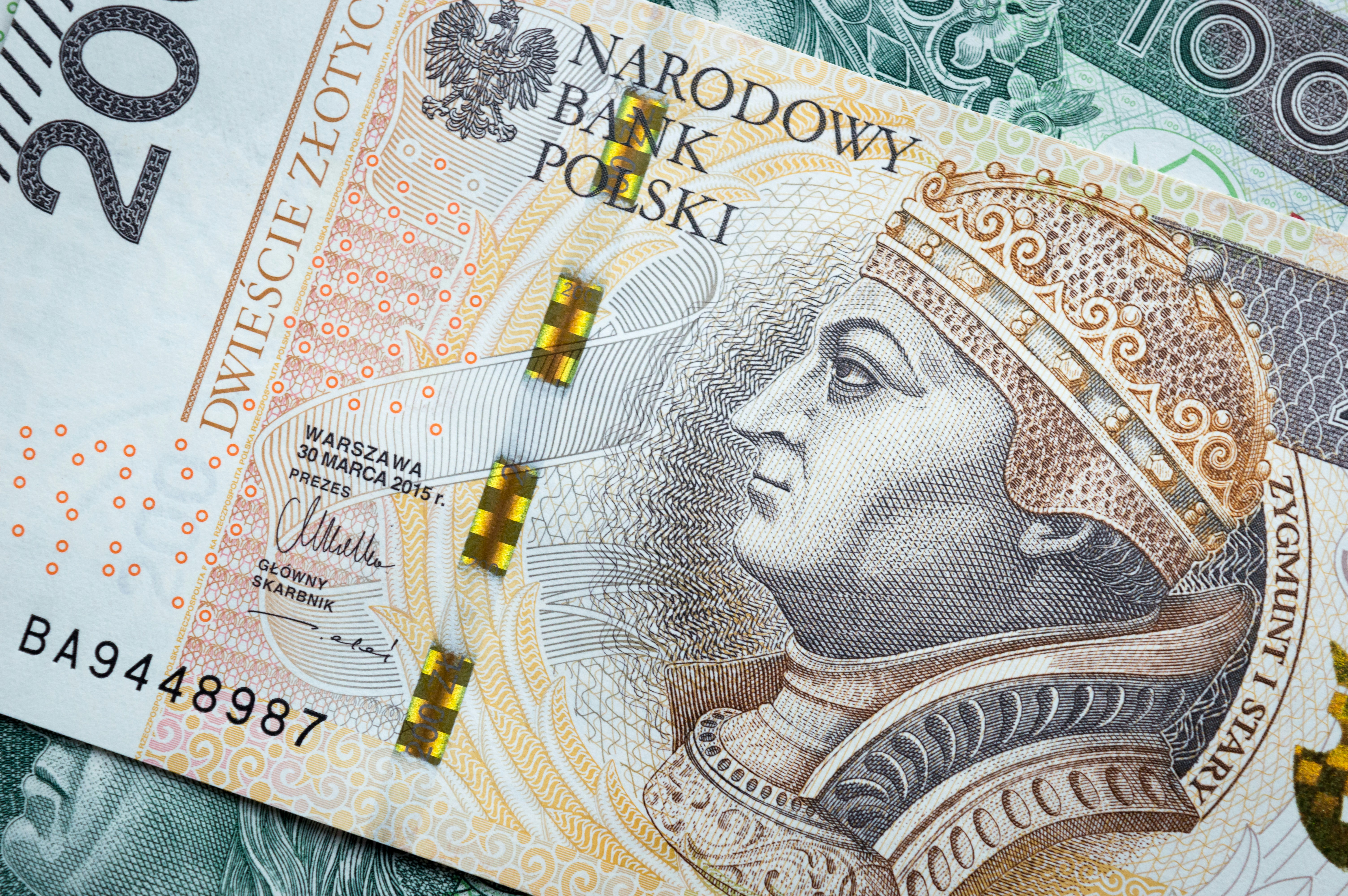What Are Fibonacci Retracement Levels?
)
Table of contents:
What Are Fibonacci Retracement Levels?
Fibonacci Sequence and Ratios in Simple Words
How to Calculate Fibonacci Retracement Lines
What Are the Common Retracement Levels?
Moderate Retracements
Golden Retracements
Limitations of Using Fibonacci Retracement Levels
Bottom Line
FAQs
You must have heard about the Fibonacci numbers if you are in stock trading or have anything to do with it. Fibonacci numbers (named after Leonardo Fibonacci) are associated with symmetry and proportion. Let us look at the Fibonacci numbers, which are used for coding, finance, and of course, trading.
What Are Fibonacci Retracement Levels?
Each Fibonacci retracement level shows a percentage of the previous price move that has been pulled back. Traders pay attention to key levels like 23.6%, 38.2%, 61.8%, and sometimes 76.4% or 78.6%. The 50% level is also often plotted, despite not being an official Fibonacci ratio.
Once you identify a major price swing, like a rally or drop, you can project the Fibonacci ratios onto that range. Each level then indicates how much of that prior move has been retraced at a ratio commonly found in nature.
Key Takeaways:
1. Fibonacci retracement levels are 23.6%, 38.2%, 61.8%, and sometimes 76.4%/78.6%, in addition to 50%.
2. These levels aim to identify potential support or resistance areas during pullbacks.
3. The 61.8% level corresponds to the famous "Golden Ratio" of 1.618, often seen as significant.
4. Fibonacci retracements should be combined with other technical tools; they shouldn’t be used in isolation.
Fibonacci Sequence and Ratios in Simple Words
Here are some simple Fibonacci sequence mathematical properties:
-
Picture a numerical sequence that begins with a humble 0 and 1, then unfolds in a mesmerizing pattern where each subsequent number is born from the sum of its two predecessors. This is the enchanting world of the Fibonacci sequence.
- As you venture deeper into the sequence and divide a Fibonacci number by its immediate predecessor, a fascinating ratio emerges, hovering tantalizingly close to 1.618. Like a mathematical dance, this ratio grows ever more precise as the numbers ascend to greater heights.
- In a cosmic twist, when you invert this process and divide by the succeeding number, you're greeted by the enigmatic 0.618. This unassuming ratio forms the bedrock of the 61.8% retracement level, a key player in the world of trading.
- Delving further still, dividing by the number two places ahead in the sequence unveils the mystical 0.382. This ratio, in turn, gives rise to the 38.2% retracement level, a guiding light for those navigating the markets.
- And finally, as if peering into the very fabric of the universe, dividing by the number three places higher reveals the elusive 0.236. This seemingly insignificant figure holds the key to the 23.6% retracement level, a subtle yet powerful force in the realm of financial analysis.
In the Fibonacci sequence, the numbers 1.618 and 0.618 are known as the Fibonacci ratio, or the "Golden Ratio," found in nature, art, and biology. This ratio shows up in things like seashells, sunflowers, galaxies, and ancient Greek architecture.
So while they seem mathematical, the Fibonacci retracement percentages actually mirror patterns that repeatedly occur in the natural world around us. Perhaps that's why they appear to influence financial markets as well, in an abstract way.
How to Calculate Fibonacci Retracement Lines
To determine the retracement levels, take the difference and multiply it by 38.2% and 61.8%. If prices are recovering after a drop, add those levels to the low price. If prices are retracing after a rally, subtract them from the high price.
We can clearly observe an example of the correction of Tesla stock prices at the levels of 38.2% and 61.8%. After reaching a historic high in 2021, Tesla's share price fell back to 0.382 on the Fibonacci retracement, and then rose to 0.618. Moreover, the price was fixed at these levels several times.
)
Following this logic, many traders can determine the entry or exit point of a trade, make a forecast about when the price will turn around, and so on.
It almost seemed as if the Fibonacci numbers had an invisible gravitational pull on prices during this turbulent period. Many traders closely monitor these levels, which effectively creates a self-fulfilling pattern in the markets.
What Are the Common Retracement Levels?
A shallow retracement of 23.6% is a brief pause, while the 38.2% to 50% retracements are moderate pit stops. The 61.8% level, tied to the mesmerizing Golden Ratio, is where the magic happens.
To navigate these levels effectively, focus on daily charts spanning 3 to 9 months, pointing towards the moderate 38.2% to 50% and the profound 61.8% retracements. Combine the Fibonacci tool with other technical indicators to confirm potential trend reversals.
Moderate Retracements
In the captivating chart of Target (TGT), we observe a 38% retracement, accompanied by a falling wedge pattern. This combination, along with the Chaikin Money Flow indicator turning positive, hinted at a potential reversal. Although the initial attempt faltered, TGT found success in mid-July, gapping up and breaking above the wedge trendline.
)
PetSmart (PETM) told a similar story, with a 38% retracement and a former support level at $28 turning into resistance. The Williams %R indicator, signaling overbought conditions, added to the intrigue.
)
Confirmation came as Williams %R retreated below -20%, and PETM formed a small rising flag pattern before breaking below flag support in mid-December.
These examples demonstrate that combining Fibonacci levels with chart patterns and indicators can provide a clearer picture of potential market reversals. The Fibonacci numbers seem to possess a magnetic charm, guiding prices during market pullbacks and rebounds.
The charts of TGT and PETM remind us that the market is a complex tapestry, woven with threads of support, resistance, and the influence of the Fibonacci sequence. By learning to read these patterns, we can navigate the market's twists and turns with greater confidence.
Golden Retracements
In the world of financial markets, prices often seem to find support or resistance at certain levels called Fibonacci retracement levels, especially around 61.8% and 62%. These levels act like invisible barriers where buyers and sellers tend to gather. Let's look at two examples that show how these Fibonacci levels work.
)
First, let's talk about Pfizer (PFE). After a period of falling prices, PFE found a bottom near the 62% retracement level. Before this successful bounce, PFE tried to find support at the 50% level but failed. It wasn't until a bullish "hammer" candlestick pattern appeared with high trading volume that the real turnaround began. Soon after, PFE broke out to higher prices.
)
On the other hand, JP Morgan (JPM) had a different experience. After a strong rally, JPM reached the 62% Fibonacci level and then faced strong resistance. The MACD indicator, which helps identify trend changes, turned lower, signaling a potential reversal. A red down candlestick and a gap lower confirmed the resistance at 62%. Despite a brief attempt to bounce back, JPM eventually gave in to the downward pressure.
Limitations of Using Fibonacci Retracement Levels
There are several important aspects that you have to know when you apply Fibonacci retracement levels.
One critique is that with so many Fibonacci ratios to choose from, prices are bound to reverse near one of them frequently, just by chance. The challenge is knowing which specific ratio will be relevant for any given price move. If a trade doesn't work out based on one ratio, traders can always claim they should have used a different one.
The math is precise, but applying Fibonacci levels to the unpredictable markets is more an art than a science. Other technical evidence is typically needed beyond just the Fibonacci numbers themselves. Solid risk management remains crucial when using Fibonacci retracement levels.
Bottom Line
To sum up, Fibonacci retracement levels can be an effective tool for defining the possible correction area with support and resistance levels. Observing the primary 23.6%, 38.2%, and 61.8% levels, traders can understand the market psychology and work with it. Yet, one should be careful, since the Fibonacci levels should be used in combination with other technical analysis indicators, along with fundamental analysis.
FAQs
How Do You Choose Fibonacci Levels?
Fibonacci levels are automatically built into the Fibonacci retracement tool. The 38.2% and 61.8% levels are considered the most significant.
What Are the "Alert Zones" in Fibonacci Retracements?
"Alert zones" in Fibonacci retracements are key levels (38.2%, 50%, and 61.8%) where price reversals are likely to occur. Traders watch these levels closely for potential trend continuation or reversal signals.
What Is the Fibonacci Strategy?
The most common Fibonacci strategy is to use the levels as entry points, partially take profits, or completely exit positions when the price reaches one of the key levels.
How Can Fibonacci Retracements Be Used in Trading?
Fibonacci retracements can be used as entry points or as levels to take partial or complete profits.
How Can Fibonacci Retracements Be Combined With Other Indicators?
Fibonacci retracement levels can be combined with moving averages (MA or SMA), Bollinger Bands, MACD, and other indicators. The more confirmations across multiple indicators, the higher the likelihood of a successful trade.


